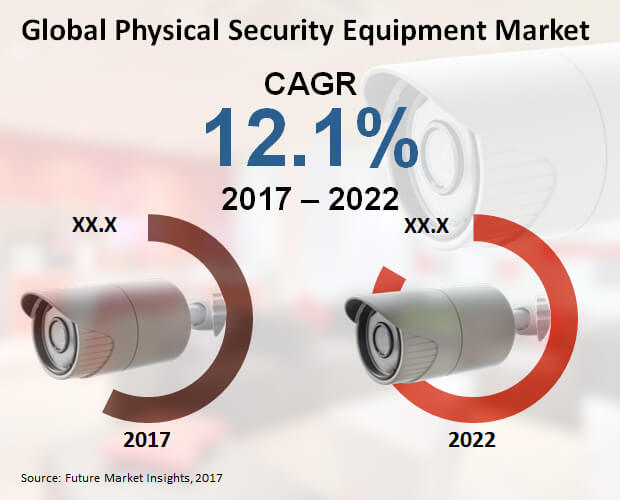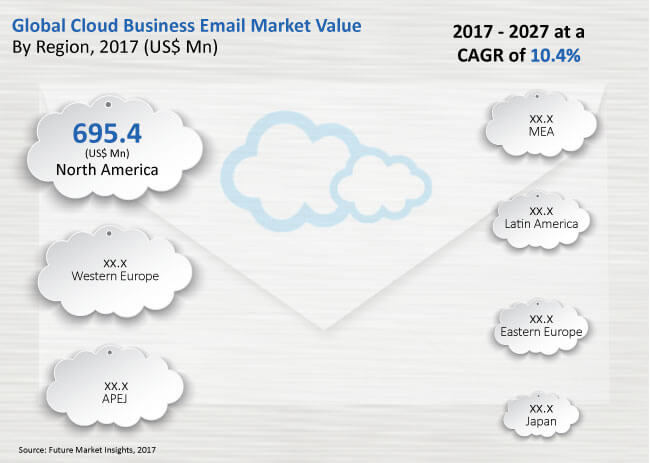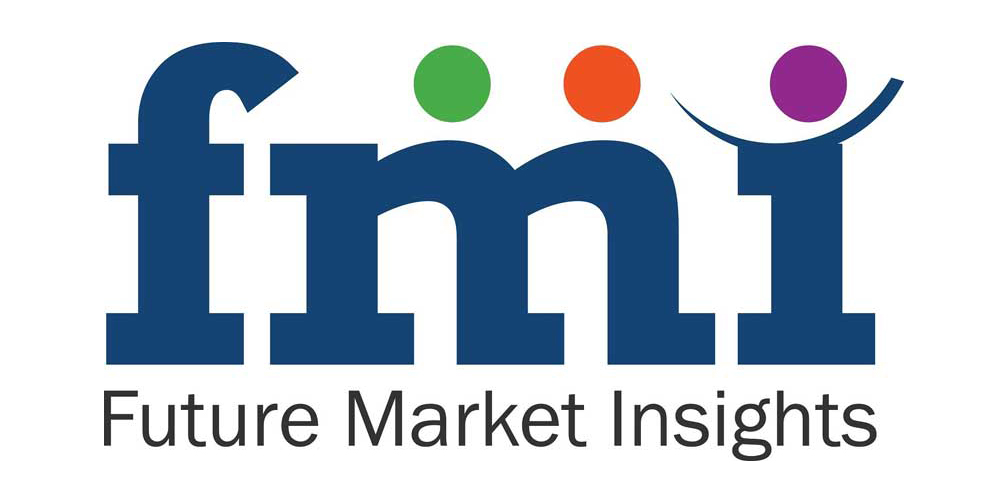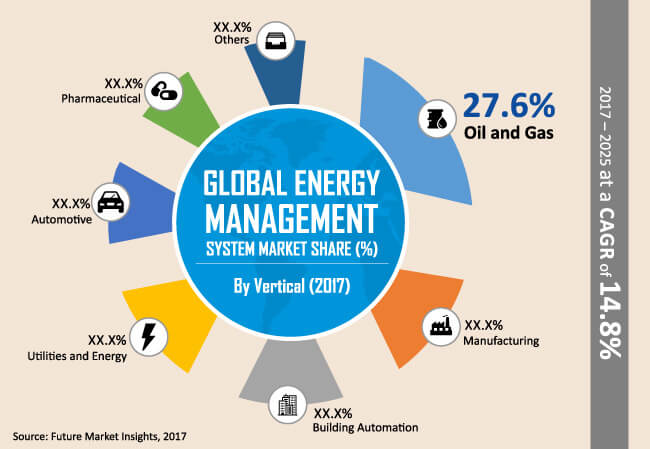Technological improvements have been gaining significant traction in retail automation market over the past couple of years. According to a new study by Future Market Insights (FMI), the retail automation market will surpass US$ 18.62 Bn by 2021. Automation solutions integrated with analytics are expected to offer abundant opportunities in the retail industry.
The ability of accurately analyzing the data using analytical automation for decision making is anticipated to help retailers gain a competitive edge in the market. As a result, analysis of the buying patterns of consumers is likely to drive the growth of the market in the coming years. In addition, surge in data analytics activities in retail such as recommendation systems, acts as another opportunity for the global market players to considerably escalate their revenue.
Request a Sample of this Report @ https://www.futuremarketinsights.com/reports/sample/rep-gb-5017
An increasing number of retailers are focusing on business expansion in China, but slowly retailers are shifting focus towards potential of other markets, especially the BRIC nations (Russia, Brazil, China, and India) and some Southeast Asian countries. As per the Global Retail Development Index, Latin American countries, particularly Chile, Uruguay, and Brazil, are showing significant growth in retail.
Furthermore, China & India are projected to be the largest retail markets in Asia Pacific, owing to their large consumer base. Also, while retail automation products are being increasingly adopted in developed countries, some underdeveloped or developing countries, such as Yemen and Egypt, have started using the automation systems and services in the retail sector owing to high growth potential they offer.
As per FMI, the demand for retail automation is expected to be significantly in supermarkets. As end users, supermarkets are expected to contribute to over 40% of revenue generated in the market by 2031.
Key Takeaways: Retail Automation Market
- The global retail automation market is estimated to register a CAGR of over 11.0% during the forecast period of 2021-2031
- Among the regions, the market in South Asia & Pacific is estimated to register a high CAGR, owing to rise in adoption of digitalization in the retail industry in India, Indonesia, Australia, and other countries
- The market in China is expected to progress at an impressive CAGR, thanks to the expansion of the retail sector
- In the North America market, the U.S., is expected to account for dominant 80% of demand registered in 2021
- The market for retail automation in the U.K. is expected to register above 10% y-o-y growth in 2021
- Despite China’s dominance in East Asia, Japan and South Korea are expected to register higher rate of adoption of retail automation
Ask An Analyst @ https://www.futuremarketinsights.com/ask-the-analyst/rep-gb-5017
“Since most of the retail businesses are planning to deploy big data, forecast analysis driven by machine learning algorithms became one of the innovative methods to optimize logistics, manufacturing processes, running smart marketing campaigns, and supplier and customer relationship management,” says FMI analyst.
COVID-19 Impact Analysis on Retail Automation Market
Businesses are facing the reality and adjusting the business model to account for the effects of COVID-19 pandemic. For ensuring the business continuity plans businesses are adopting advanced technologies and various solutions to run their business smoothly. During the pandemic, many retailers tried to optimize their online sales processes using e-commerce platforms.
Looking ahead, after the pandemic, businesses with multiple sales channels will need to sync both offline and online inventory, promotions, and transactions. Therefore, POS integration and e-commerce are likely to become an optimal solution both during and after the pandemic.
Being guided by the “try-before-you-buy” approach, augmented shopping attracts customers by allowing them to interact with products online. Moreover, the isolation due to COVID-19 quarantine has rapidly increased the demand for virtual fitting room systems.
Hence, the retail automation market is estimated to grow around 9.6% to 10.6% Y-o-Y from 2019 to 2021.
Implementation of RFID Technology
The handheld RFID inventory management platform will help improve the customer experience, allow for quick and efficient restocking of merchandise, and increase sales. Implementation of RFID technology in retail stores in support of omnichannel strategy supports customers’ changing shopping habits. RFID technology enables to track the missing products from the sales floor. The RFID inventory system provides deeper merchandise visibility and increases inventory management efficiencies. RFID is an important tool for cutting costs and managing efficiencies at a time when retailers are battling fiercely for each consumer dollar spent at their stores. By reducing out of stocks and overstocks, retailers can help maximize product availability to help convert sales.
More Valuable Insights on Retail Automation Market
FMI’s report on the retail automation market is segmented into four major sections – component (hardware, software, and services), deployment (cloud, on-premises), end user (specialty retail stores, departmental stores, supermarkets, retail pharmacy stores, others) and region (North America, Latin America, Europe, East Asia, South Asia & Pacific, and the Middle East & Africa), to help readers understand and evaluate lucrative opportunities in the retail automation market.
Buy Complete Report @ https://www.futuremarketinsights.com/checkout/5017
Contact Us:
Future Market Insights
Unit No: AU-01-H Gold Tower (AU), Plot No: JLT-PH1-I3A,
Jumeirah Lakes Towers, Dubai,
United Arab Emirates
For Sales Enquiries: sales@futuremarketinsights.com
For Media Enquiries: press@futuremarketinsights.com
Website: https://www.futuremarketinsights.com



